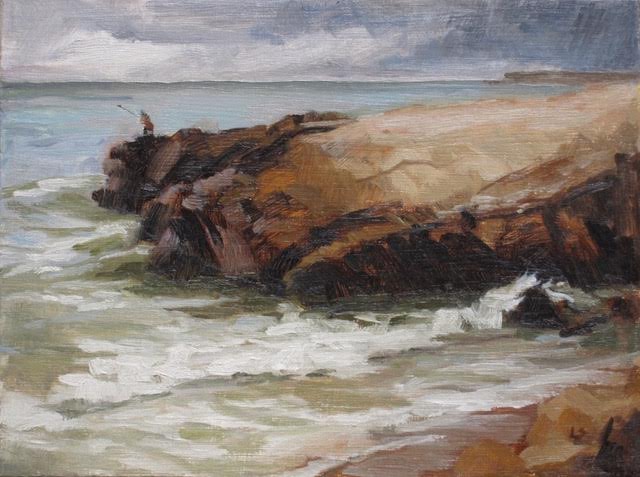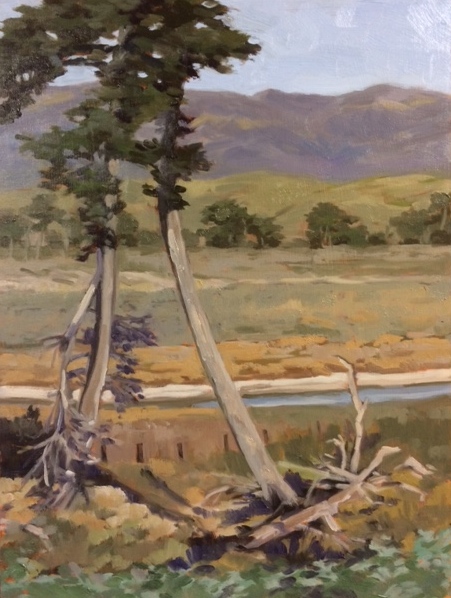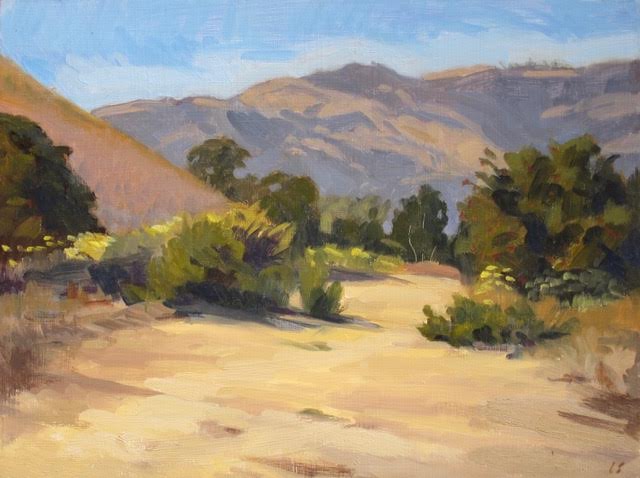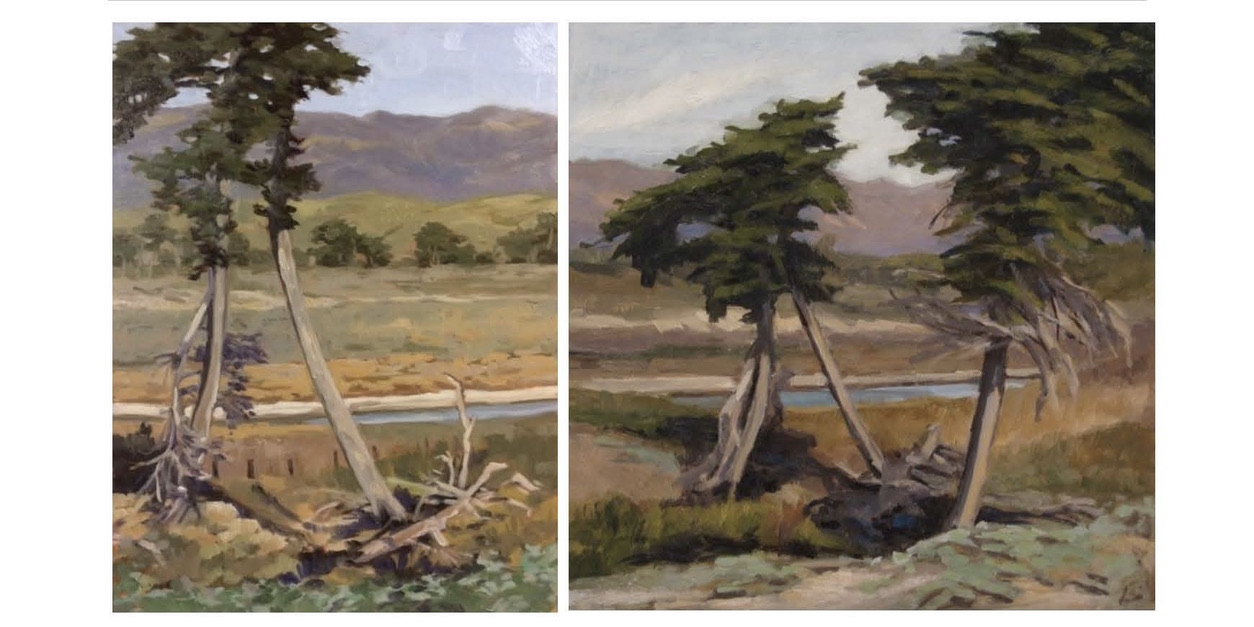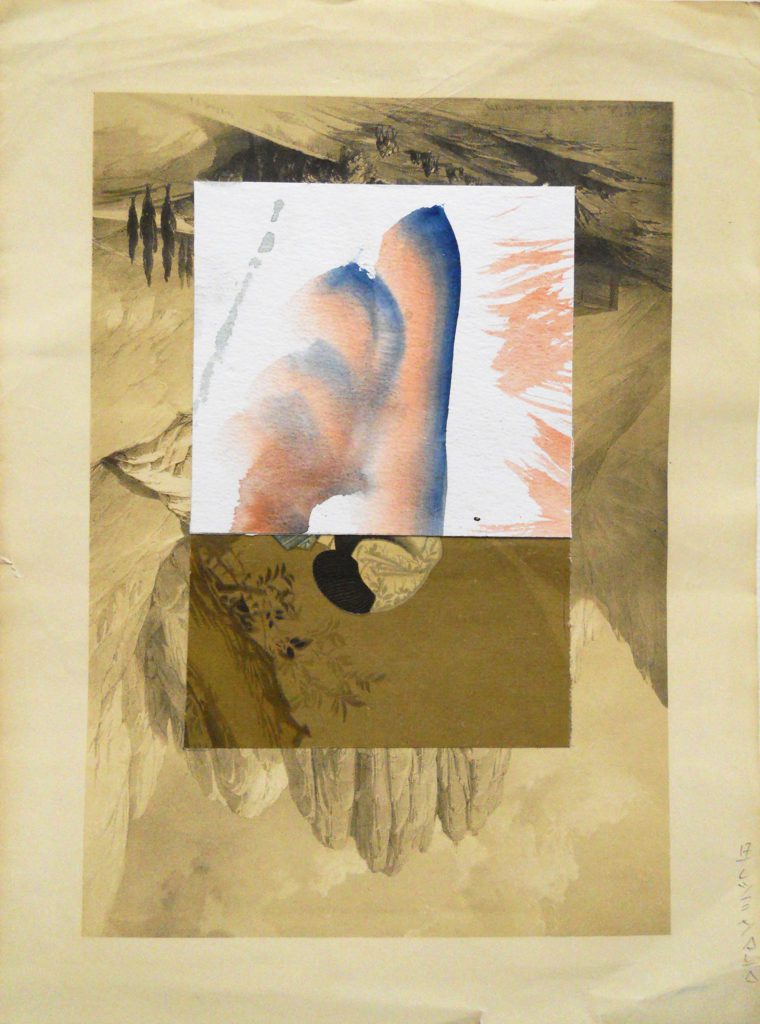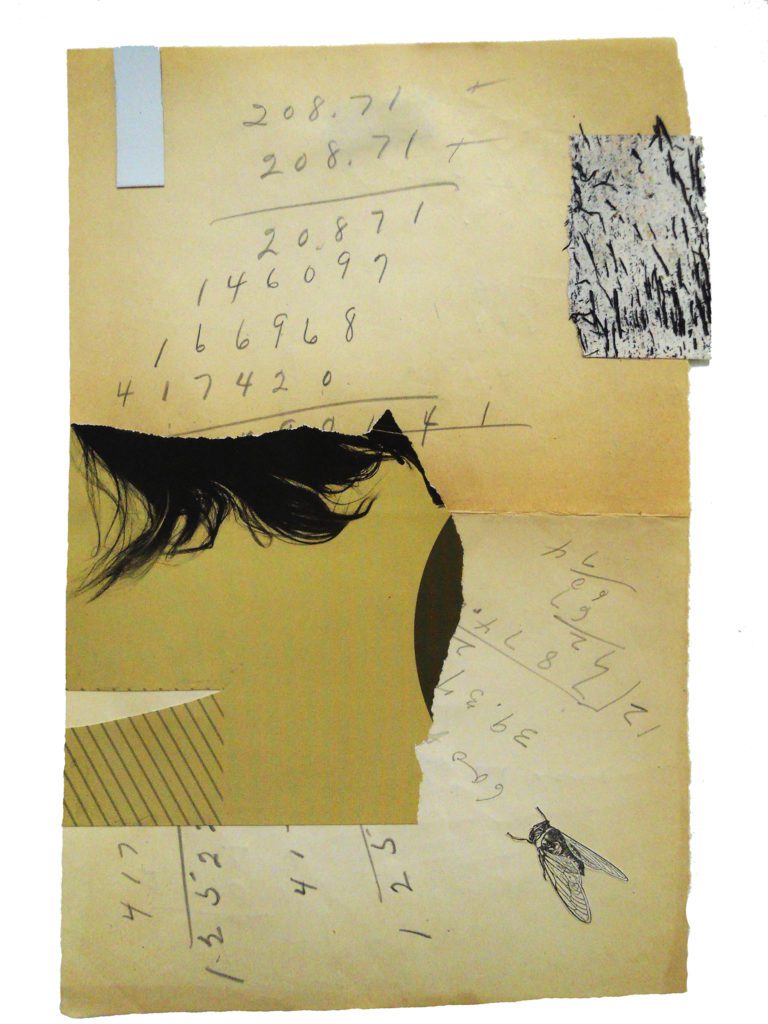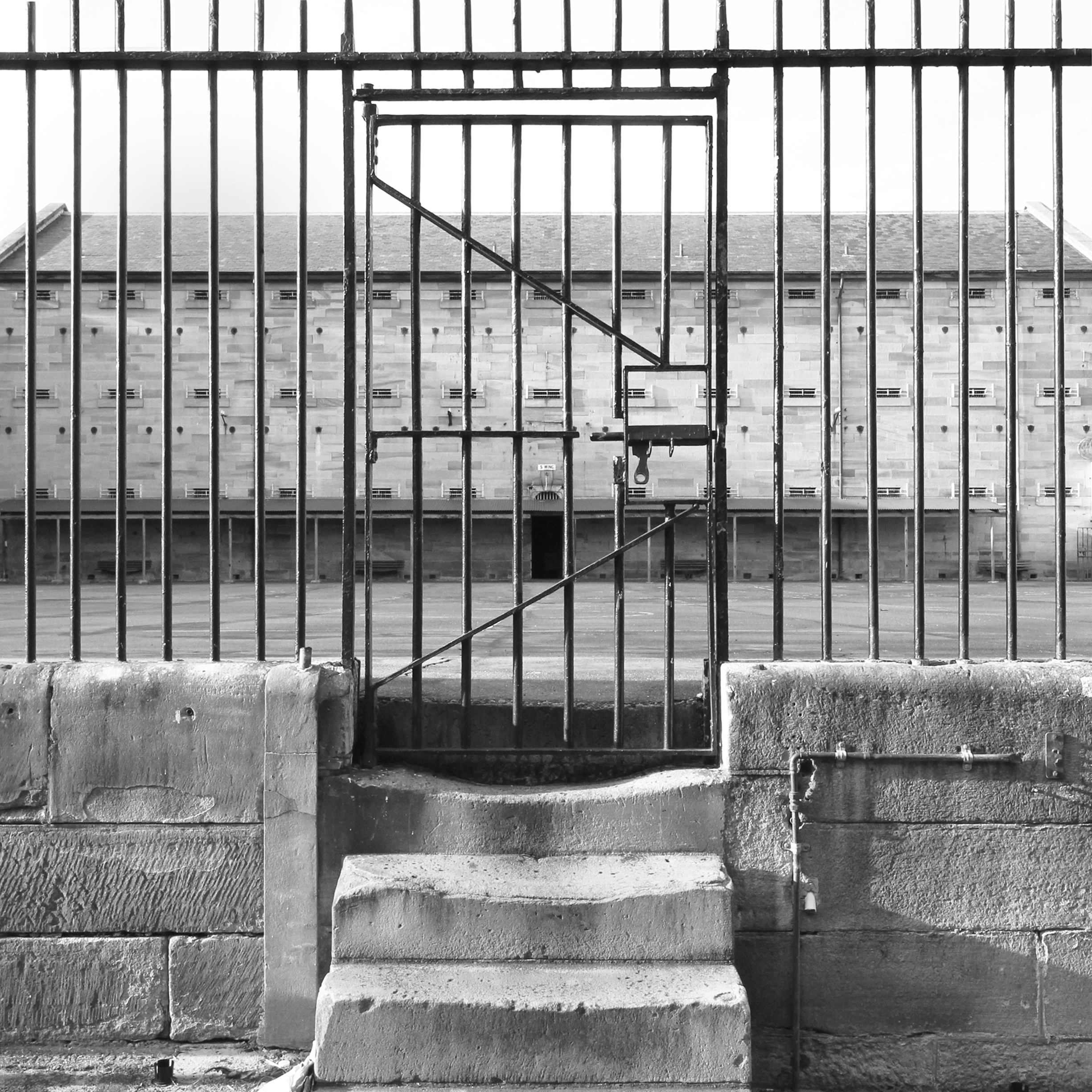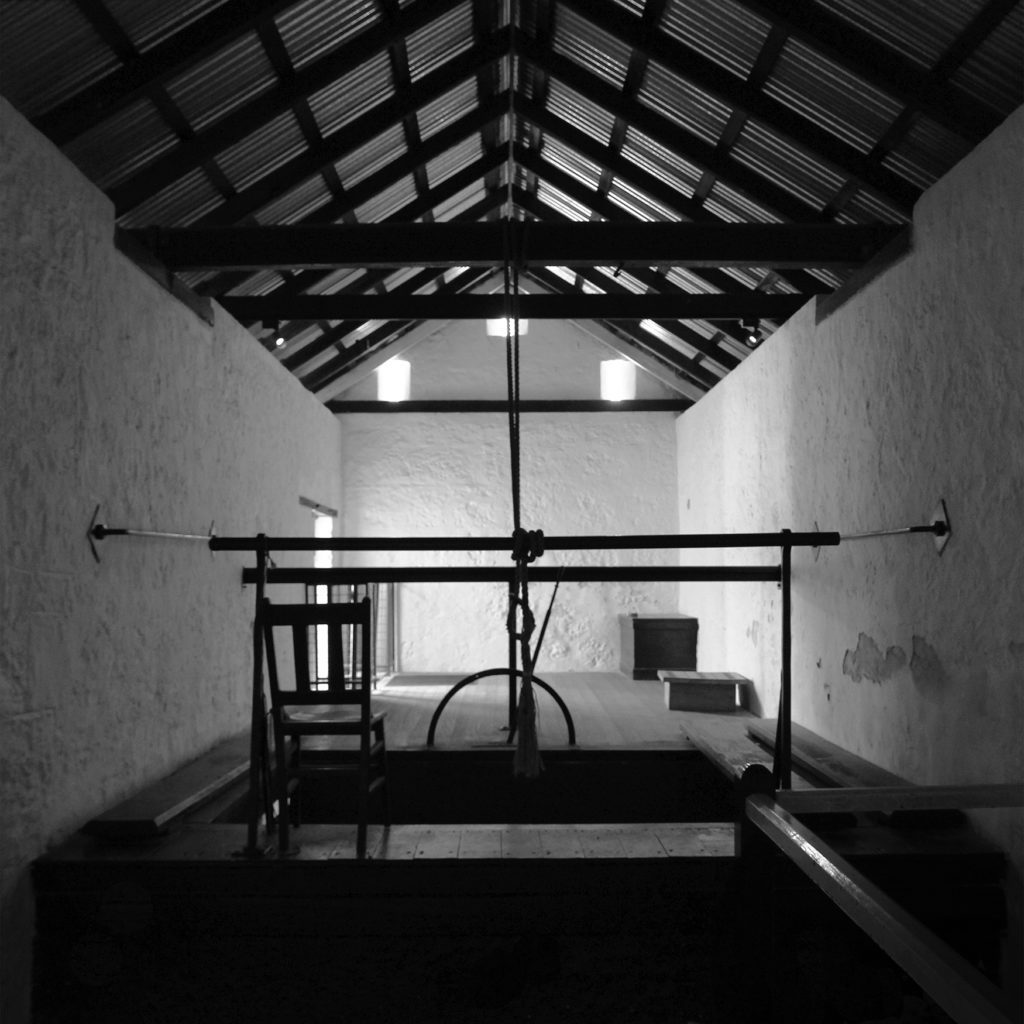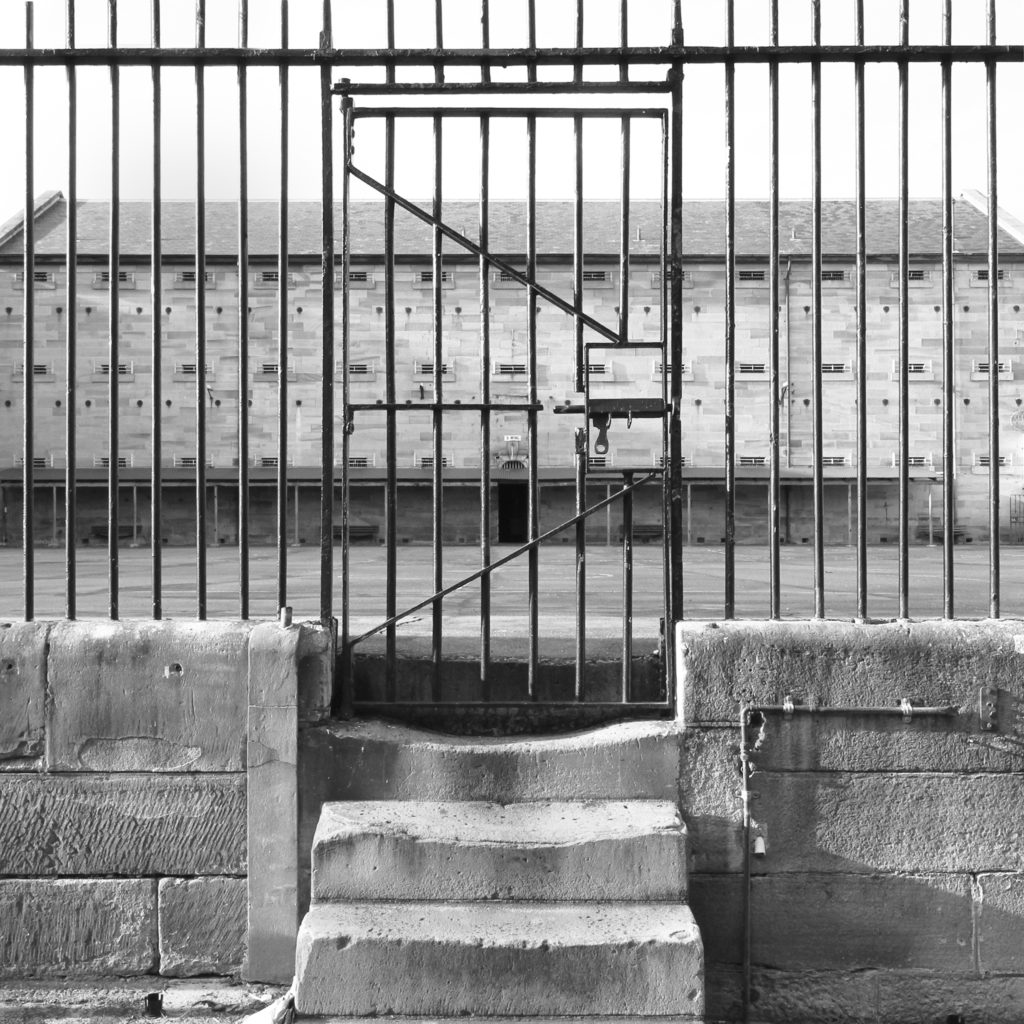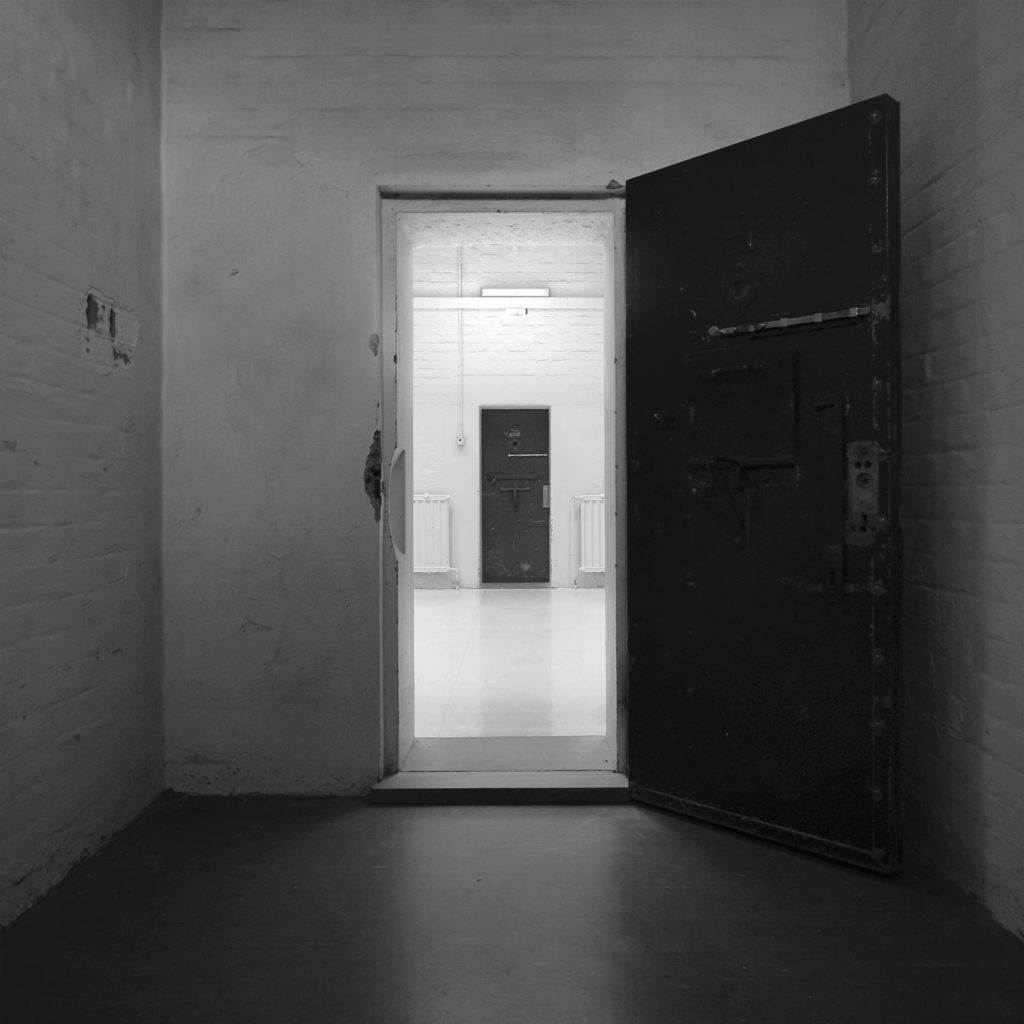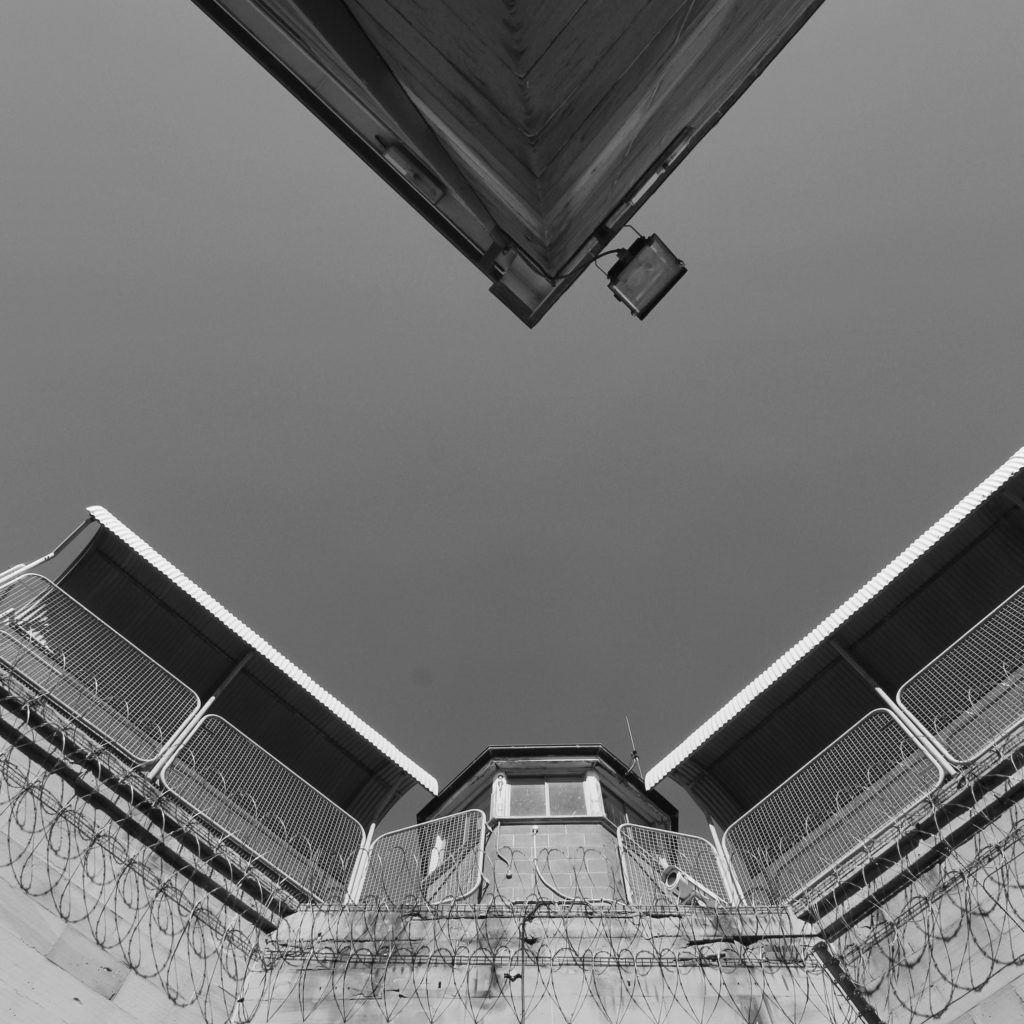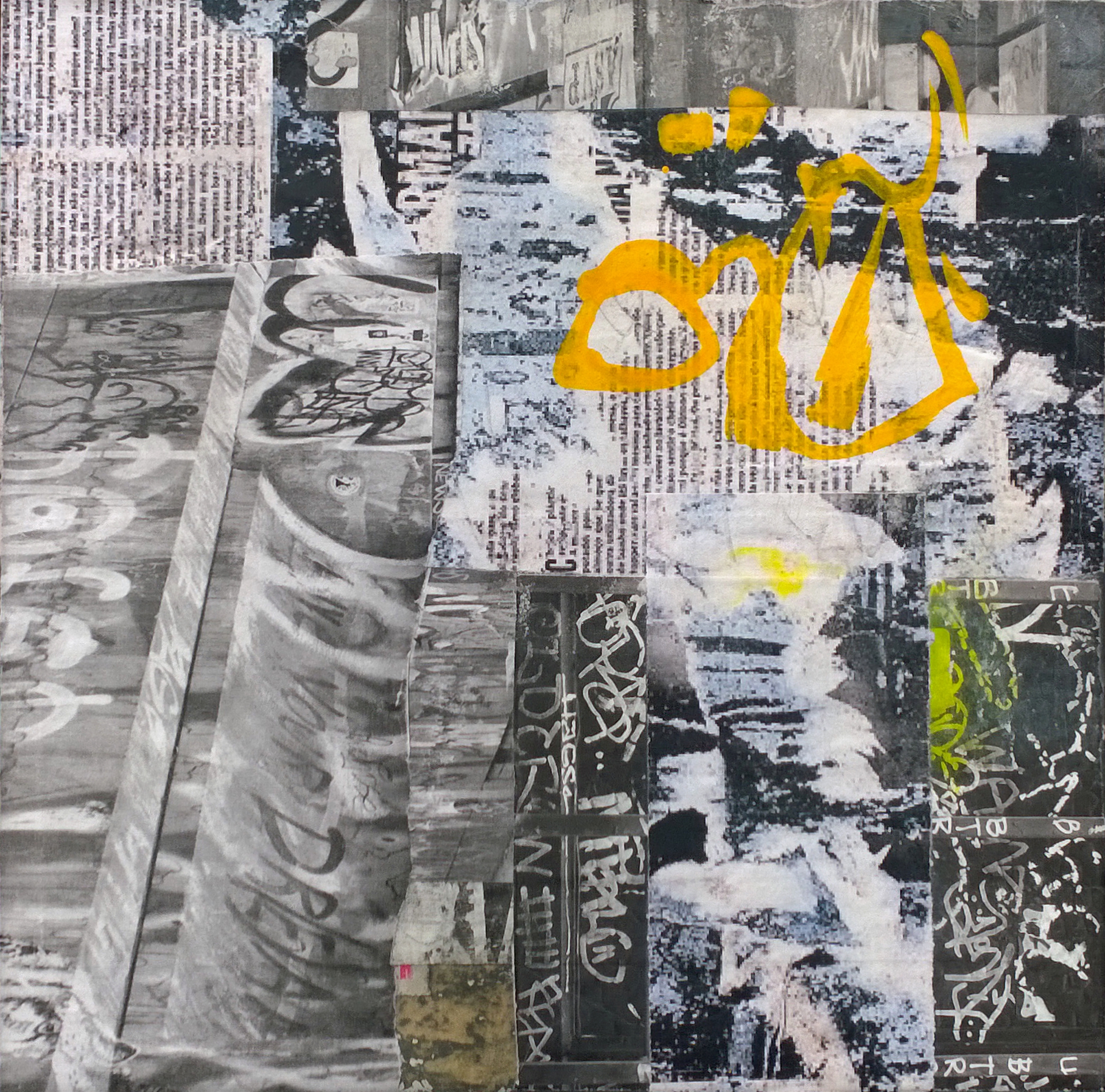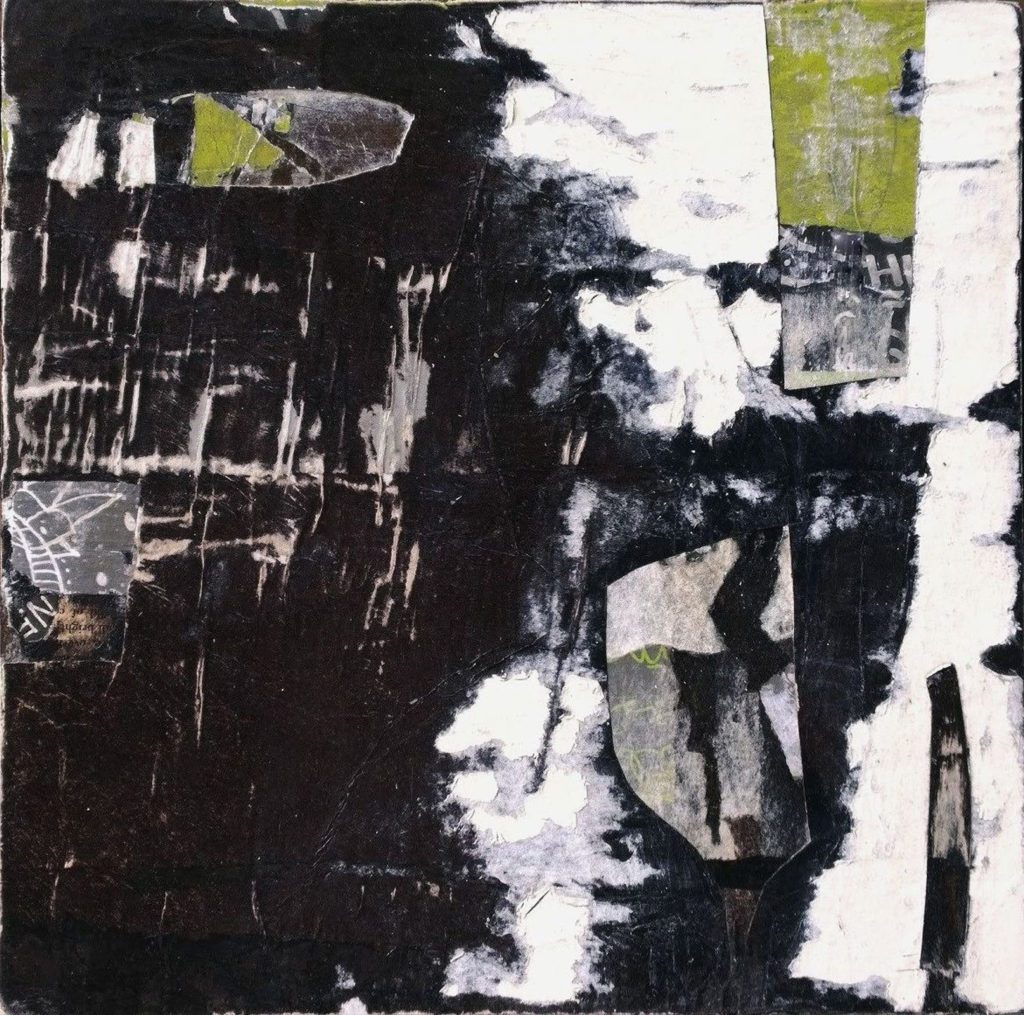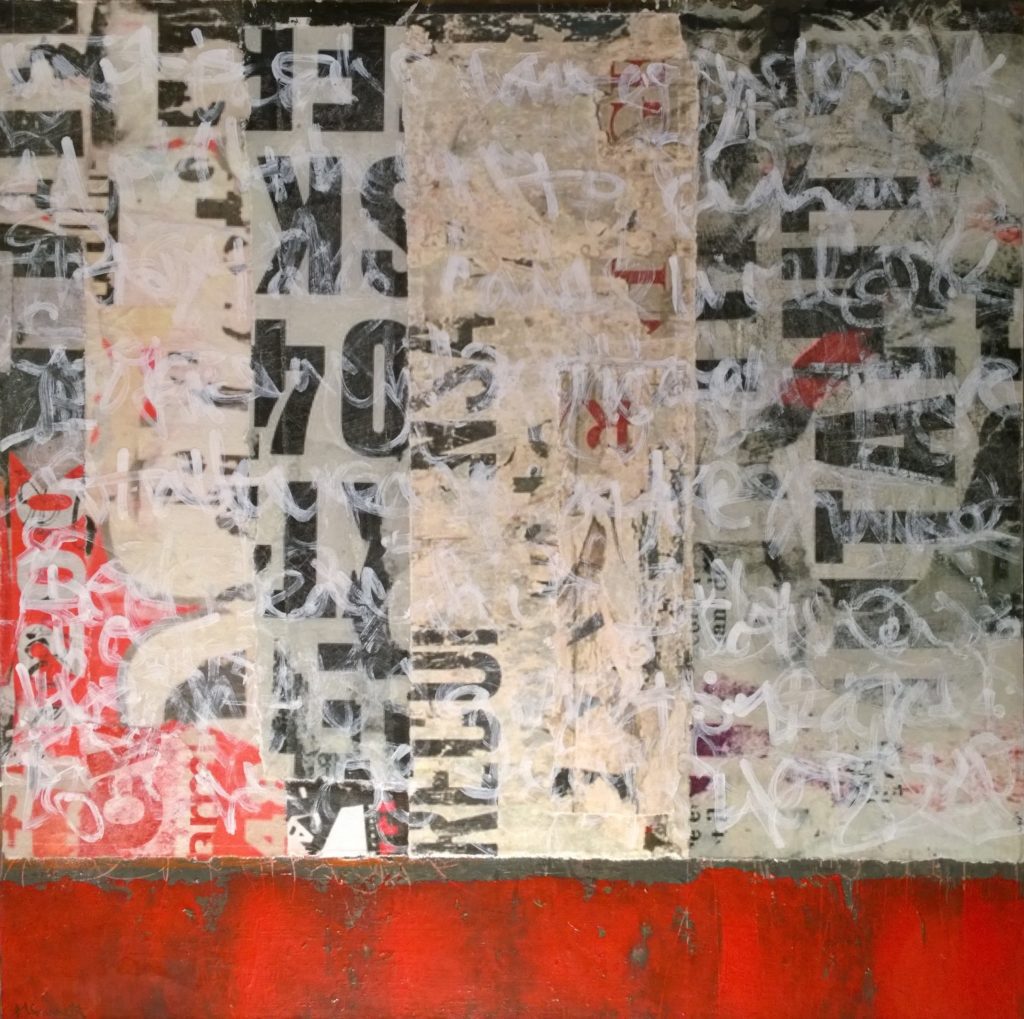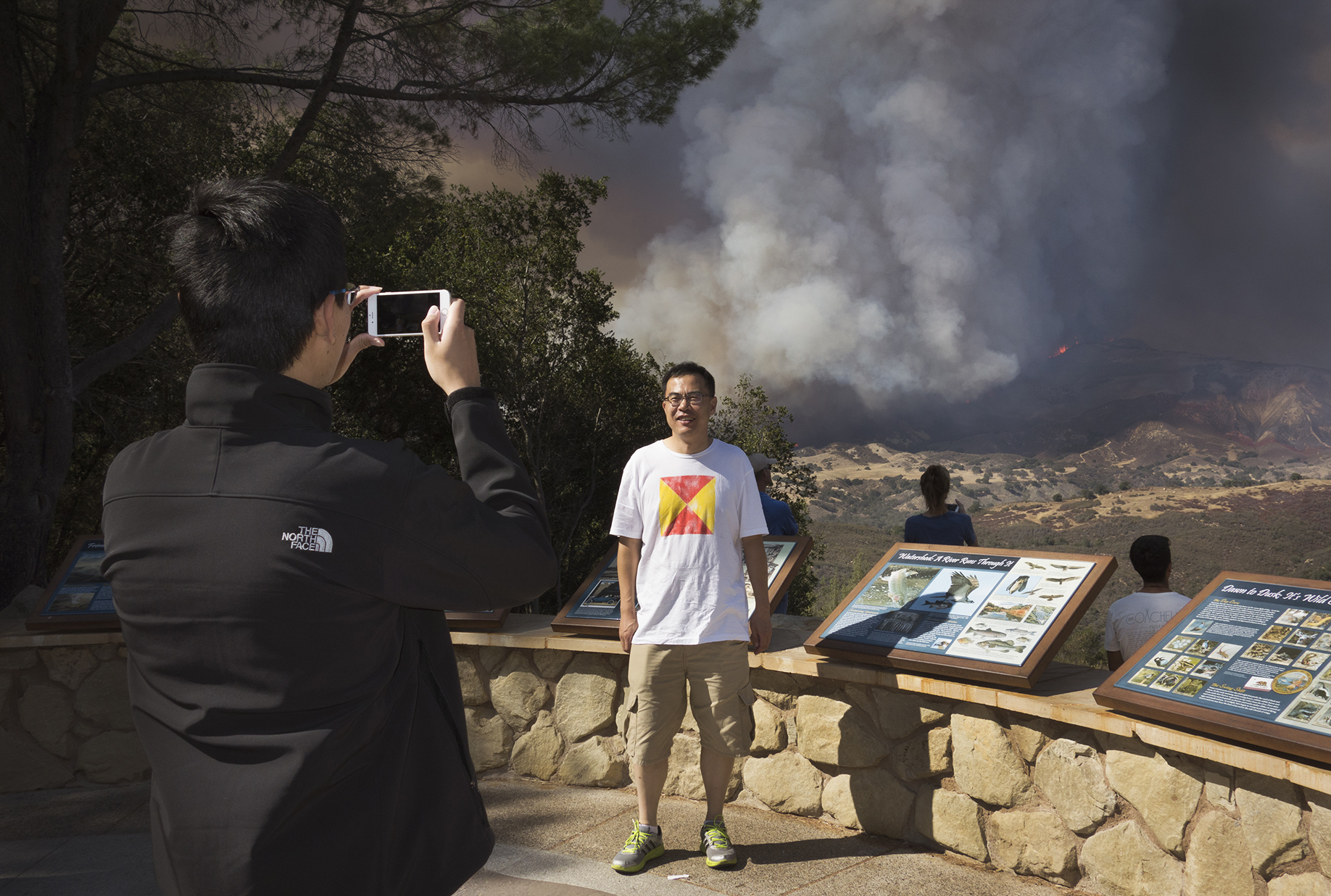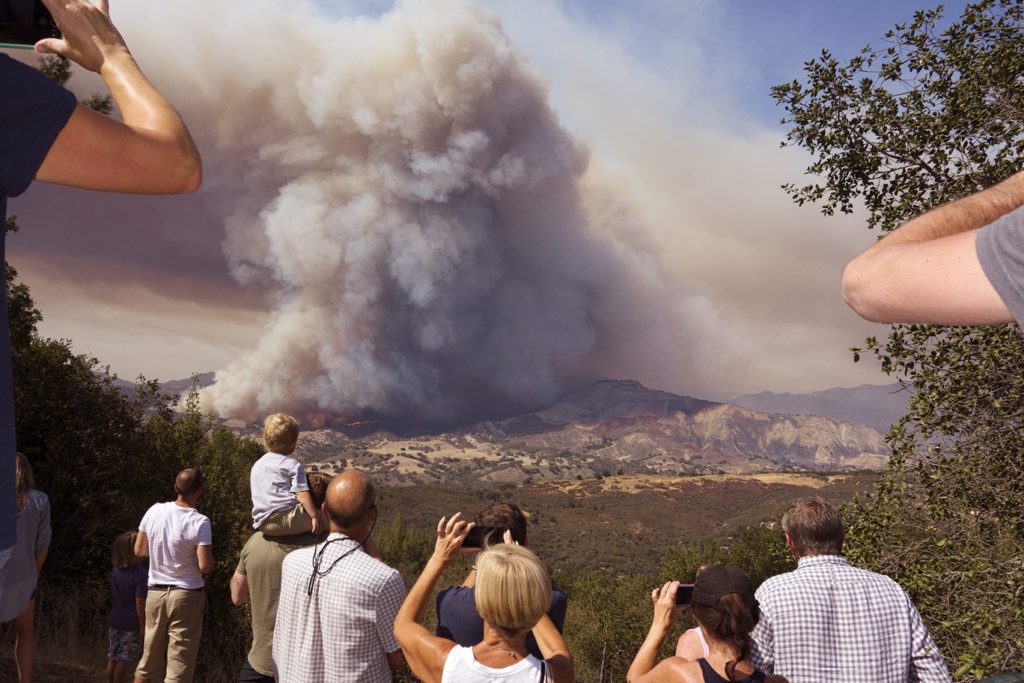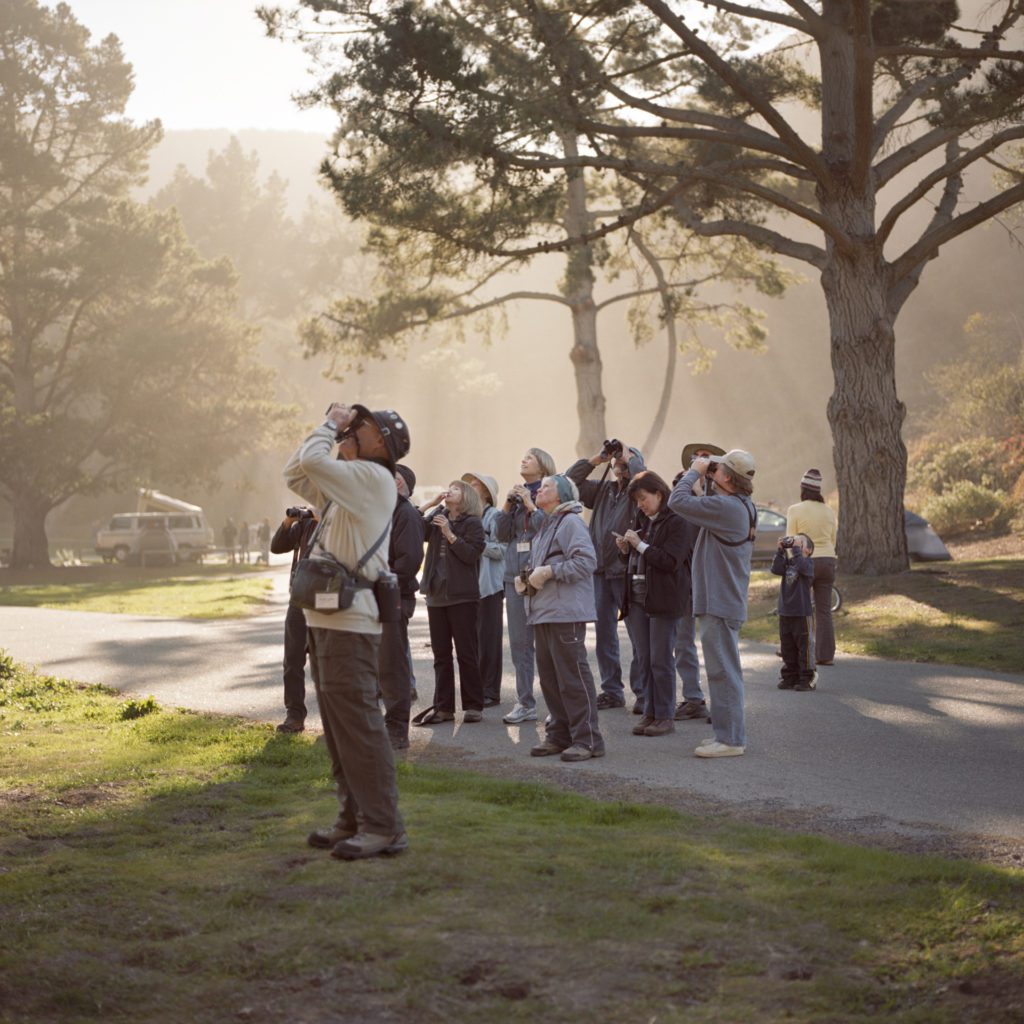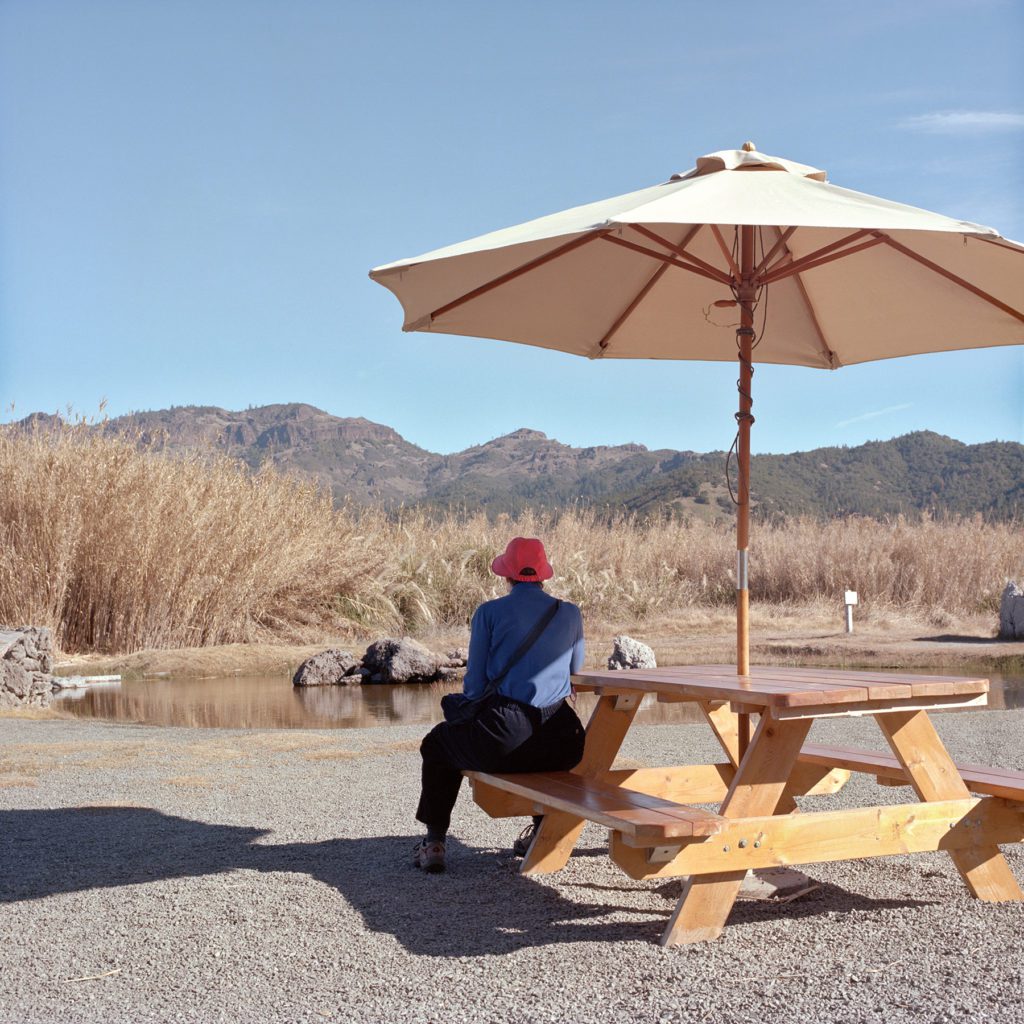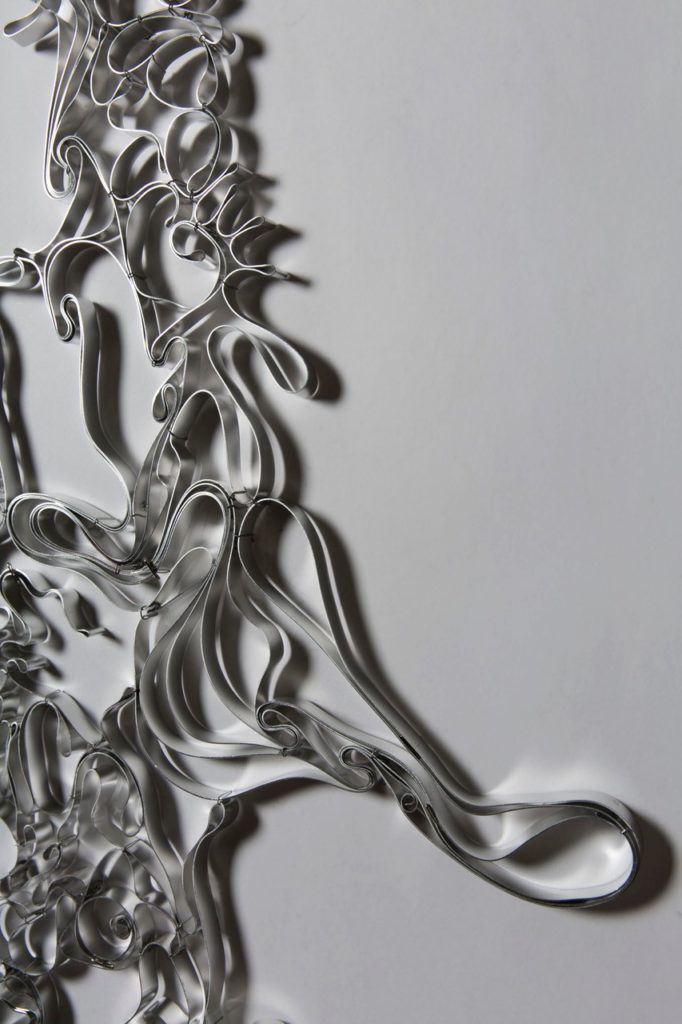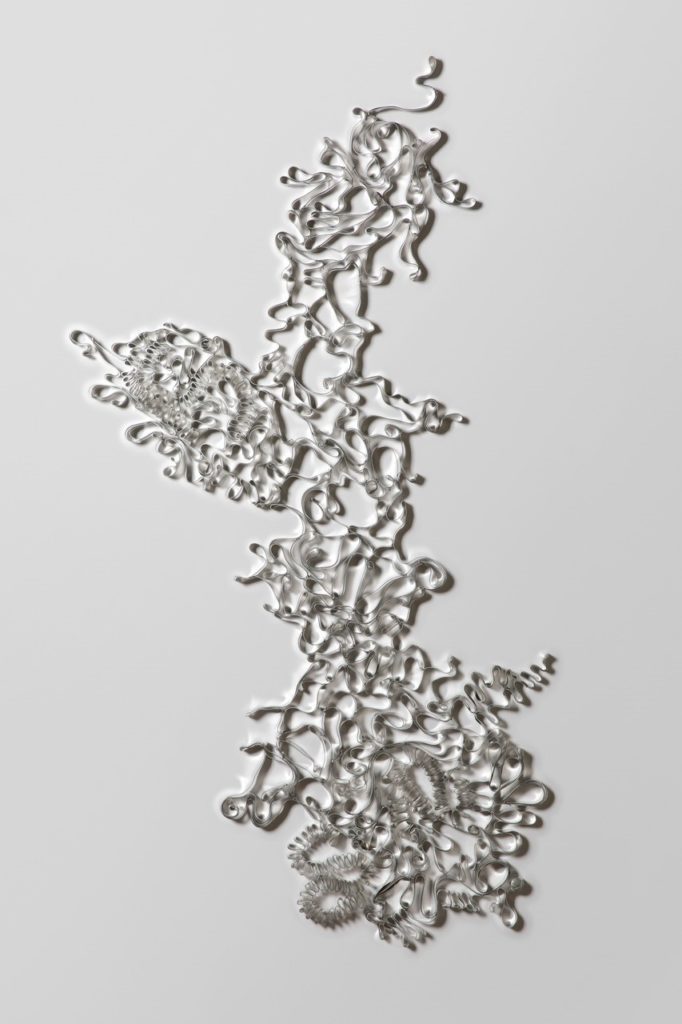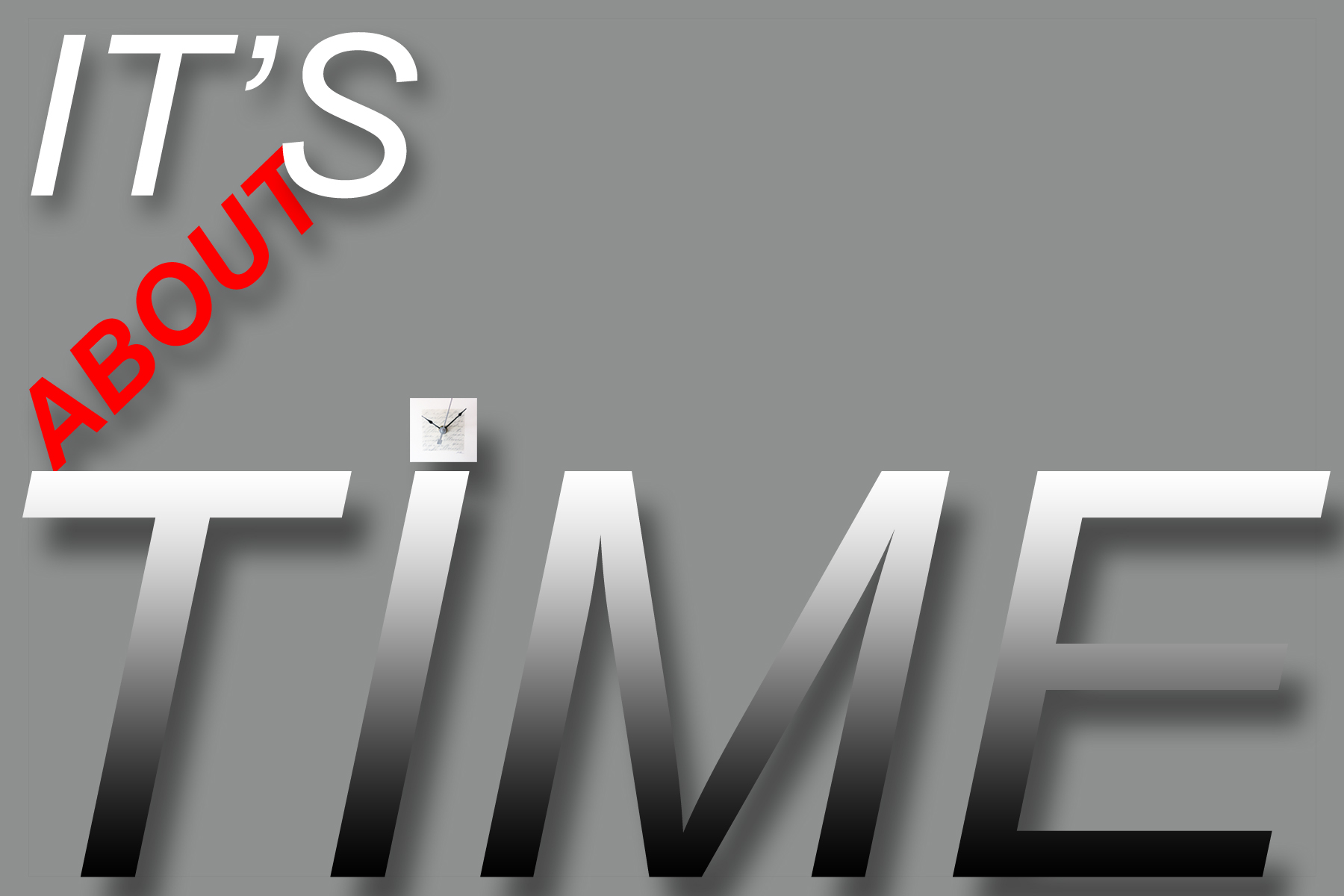A kinetic installation underscoring the illusive nature of time
Time is a square peg struggling to fit into an elliptical universe. Man created it. We live by it.
IT’S ABOUT TIME is a visual metaphor demonstrating how our perception of time,with its accordion-like expansion and contraction, is constantly changing as it systematically goes around in circles.
Like the Earth spinning every 24 hours in its yearly rotation around the sun, a clock with hands follows the earth’s movement as it makes its rounds. Earth and clock move in sync giving us a poetic connection to the cosmos and the space-time continuum where thoughts of time travel, memory and déjà vu boggle the mind.
The notion of time begins in our guts then moves to our heads before entering the space of our lives. Like time itself, the phrase ‘it’s about time,’ is elastic. It’s most often used with exasperation and weary anticipation behind it.
The installation ITS ABOUT TIME goes further and gives us time as audio/visual poetry.
Time enters our lives in countless ways: music translates it into a signature, while science continues to examine how it affects our perception of life itself. Ideas about time changed forever when Einstein’s mind-bending theory of relativity led to the concept that, in the physical universe, space and time as a mathematical model join together to form a single idea called a continuum.
The phrase ‘time is a man made illusion’ questions the actual existence of time. It’s hand written on the majority of the 80 repurposed 4×4 inch square white faces. Several layers of iridescent paint partly obscure the underlying message.
The nervous energy coming from the clocks’ unevenly paced mechanical movements echoes life where perception of time is dependent on each individual’s emotional state. It’s ‘tempus fugit’ when we’re happy and ‘will this never end’ when we’re not.
Uniformity provides the structural matrix in which each clock runs at its own pace: a metaphor for how our individual lives function within a societal framework. The ticking hands bring the installation to life. In addition, the reflective paint creates a subtle play of light, adding multiple kinetic shifts to the piece.
Eventually each one of these battery-run clocks will start showing signs of fatigue, of running out of energy and eventually stopping. A kind of controlled chaos sets in. In the final analysis not one of them will be on time.
‘time is a man made illusion’
The largest grouping in the overall installation, composed of 60 signed and numbered small clocks, evenly divided and hanging in regimented order on opposite walls of the gallery where they tick away time at different rates, a nod to our own structured lives.
‘night and day,’
A series of 6 [six] 8 inch square pendulum clocks, half with house screens obscuring their faces, remind us that light and darkness create the shades of our lives.
‘now’
Four small clocks, with small triangular pendulums, tick the seconds away as a reminder that now is the only time that comes with a guarantee.
‘face to face’
Four mirrored pendulum clocks keep a second-to-second tempo as they put us face-to-face with the here and now.
‘fragile’
Two chipped fluorescent-orange-mirrored-pendulum clocks tick fragile seconds away.
‘hands’
A three-dimensional assemblage plays with the interplay between gravity and time. The piece is held together by nothing but magnetic force and gravity.
‘TIME LINES’
A 9 minute 29 second video gives a peek into how our language is filled with emotionally charged references to time. Two sung and seemingly unrelated phrases repeat themselves over and over as a metaphor for nature’s cyclical movements.
RT Livingston
